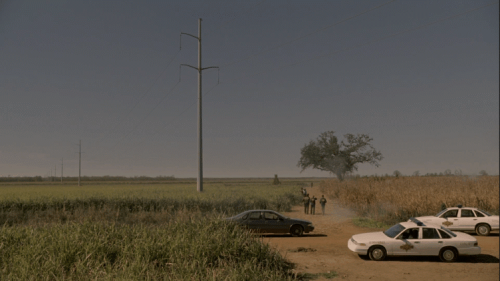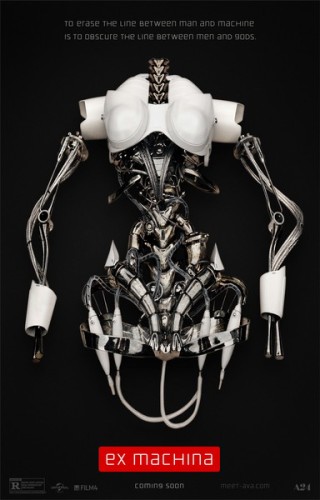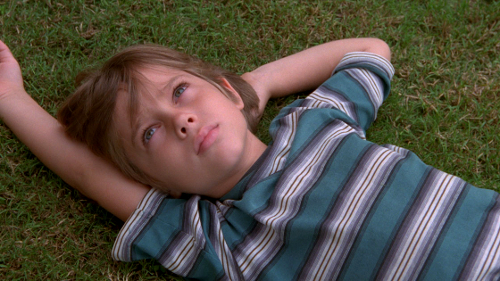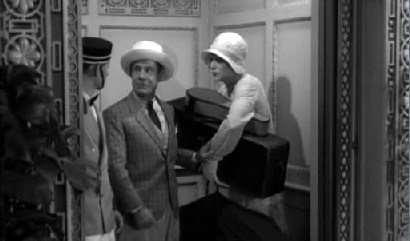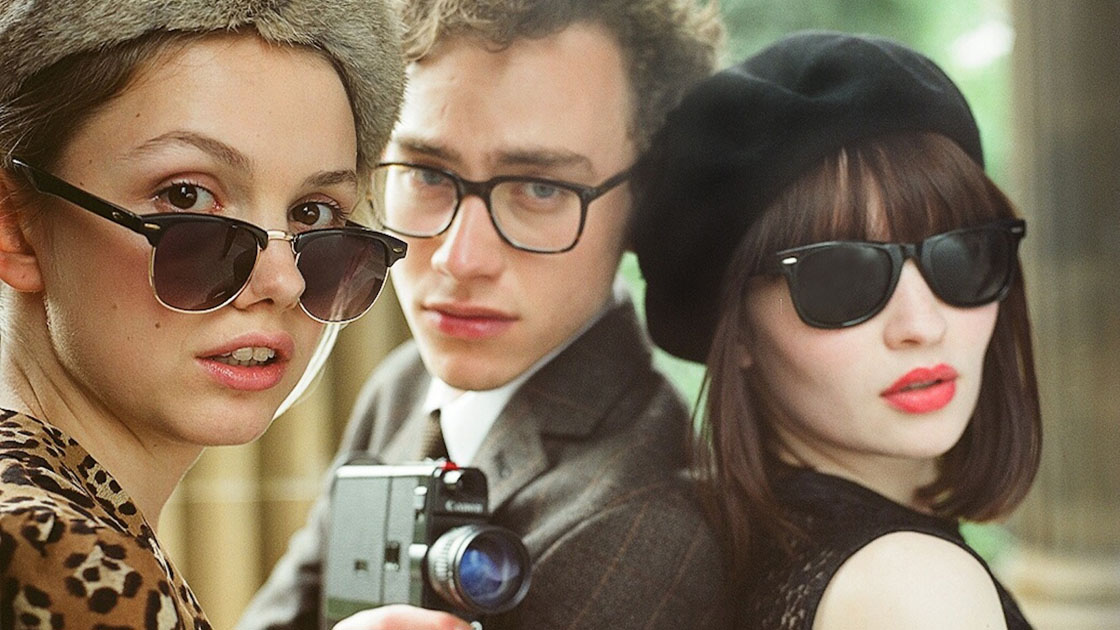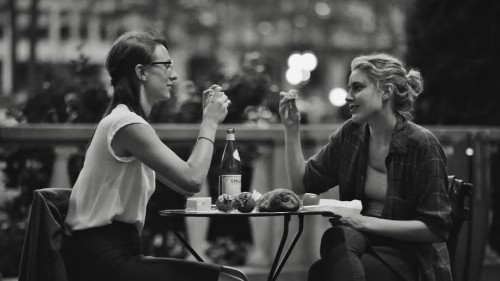‘Lady Detective’: ‘Miss Fisher’s Murder Mysteries’ Explores Feminism in the 1920s
Phryne acts just as independent and liberated outside of the bedroom. She knows how to fly a plane, she delights in driving her own car, a Hispano-Suiza, and totes around a golden revolver with a pearl-encrusted handle. Oh, she also has impeccable taste in clothes.



